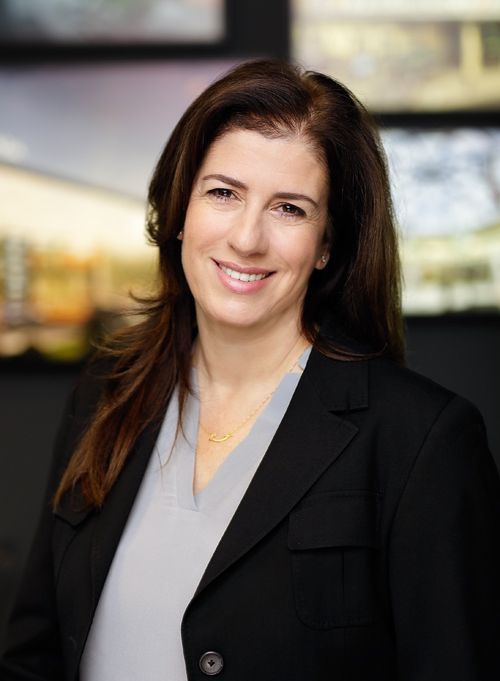Mall changes
Interview
Adam Zdrodowski, ‘Eurobuild CEE’: What are the most important global trends influencing the retail property market at the moment?
Rachel Lavine, vice-chairman, member of the board of directors, Atrium European Real Estate: One of the most important trends is the ongoing urbanisation across the world. It is estimated that by 2050, 70 pct of the global population will live in cities. In the 1950s people began to move to suburban areas and retail assets followed them. Now, mostly because of the employment opportunities in city centres, we are witnessing a population flow in the other direction. People are leaving the countryside, smaller cities and suburbs, and moving to inner-city areas, which, by the way, are becoming larger and larger. If you look at London, for instance, the city no longer has one clear city centre. As a consequence, the value of suburban retail assets has been decreasing.
Will city centres be able to accommodate so many new people and the new retail space that will have to be developed for them?
Inner-city areas are becoming more densely developed and new residential buildings are getting taller. Admittedly, when it comes to shopping centres, they cannot be very tall – experience shows that they function best when the retail is located on two floors, with a third floor housing the cinema.
Will the number of shopping centres increase globally due to population shifts?
I’m not sure if the number of shopping centres will grow significantly, but the size of existing centres will definitely increase due to extensions. The range of the services offered has been rising in recent years, so shopping centres need to grow to be able to accommodate these new functions.
How is the current generation of young shoppers, sometimes referred to as millennials, different from the previous one?
Today’s young shoppers are much more sophisticated and much more demanding. They also have less time. Unlike people of my generation, who used to go from shop to shop and compare prices, they tend to compare prices before they visit a shop and buy the goods – research shows that as access to the internet grows they are actually doing a lot of online price comparisons. Another thing that has changed over the last ten years is that shopping centres have become meeting points for young people. When it is hot outside, it is good to be in a shopping centre; when it is cold outside, it is also good to be in a shopping centre. Why would you go out to a restaurant on the street when you can go to one in a shopping centre? All of this has been affecting the design of modern centres and the way in which the space in them is arranged. The food court area has become a very important component of every mall.
Has the fact that societies are aging had any influence on the retail property market?
It has, in the sense that medical centres are increasingly often found among the tenants of shopping centres. We think that doctors and shopping centres go well together. But again, this only shows that the range of services offered in shopping centres is becoming broader and broader and that they are no longer places you only go to for shopping. New functions have been added in recent years. Your hairdresser is now often in the shopping centre and your gym is now often there too. Malls increasingly have a city-creating role as they create destinations where social and cultural life takes place. Their function will keep on changing – they will continue to evolve into universal spaces in which shopping will be as important as the whole range of services, including those for relaxation and leisure.
What technological changes should we expect in shopping centres in the next few years?
Generally speaking, they will become even more modern to allow for ever more efficient shopping. People are very busy today and have less time for shopping than in the past. There will be even more apps available in shopping centres to make the shopping as efficient as possible.
Do you regard the development of e-commerce as a major threat to the shopping centre sector?
We see e-commerce as both a potential threat and a potential opportunity for shopping centres. It is true that people are buying more and more goods online, but some of those purchased online are actually picked up in shopping centres. We believe that people will continue to visit shopping centres as these are the only places that can offer them a unique shopping experience. However, retailers need to adapt to the changing market and engage with e-commerce, rather than fight with it.
Apart from the continued development of e-commerce, do you see any other potential threats to your industry?
No, I am generally very optimistic about the prospects for the sector, provided that it keeps responding and adapting to global trends.
Rachel Lavine
Rachel Lavine has served as the CEO of Gazit-Globe (the controlling shareholder of Atrium European Real Estate) since September 2015 and as the executive vice-chairman of Atrium European Real Estate since December 2014. She was the CEO of the latter company between August 2008 and November 2014. Prior to that, she was the CEO of Plaza Centres and the president and CEO of Elscint. She holds a BA in business management from the College of Management and an executive MBA from the Kellogg School of Management at Tel Aviv University.





















































